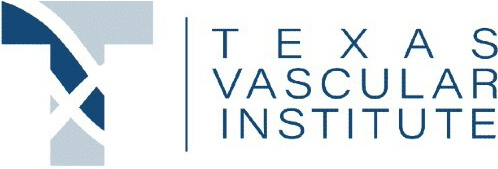By: Dr. Dev Batra | 09.10.25
If you’ve spotted bulging veins in your legs but they’re not varicose, you might be wondering what’s going on. While varicose veins are a common cause of raised, twisted veins, they’re not the only one. Exercise, aging, body composition, or even temporary changes in circulation can make veins more visible without indicating varicose disease. In some cases, these veins are harmless; in others, they can be an early sign of a circulation issue that needs medical attention. Understanding the difference can help you decide when to relax—and when to book a vascular checkup.
Understanding Bulging Veins in Legs Vs Varicose Veins
Varicose veins are enlarged, twisted veins caused by weakened or damaged valves, most often in the legs. They usually appear bluish or purple and may be accompanied by aching, heaviness, or swelling.
But bulging veins in legs (not varicose) can look similar at first glance, while having entirely different causes. For example, in people with low body fat or highly developed muscles, superficial veins can naturally sit closer to the skin, making them more visible, especially after exercise. Aging, warm temperatures, and temporary increases in blood flow can also make healthy veins stand out without any underlying vein disease.
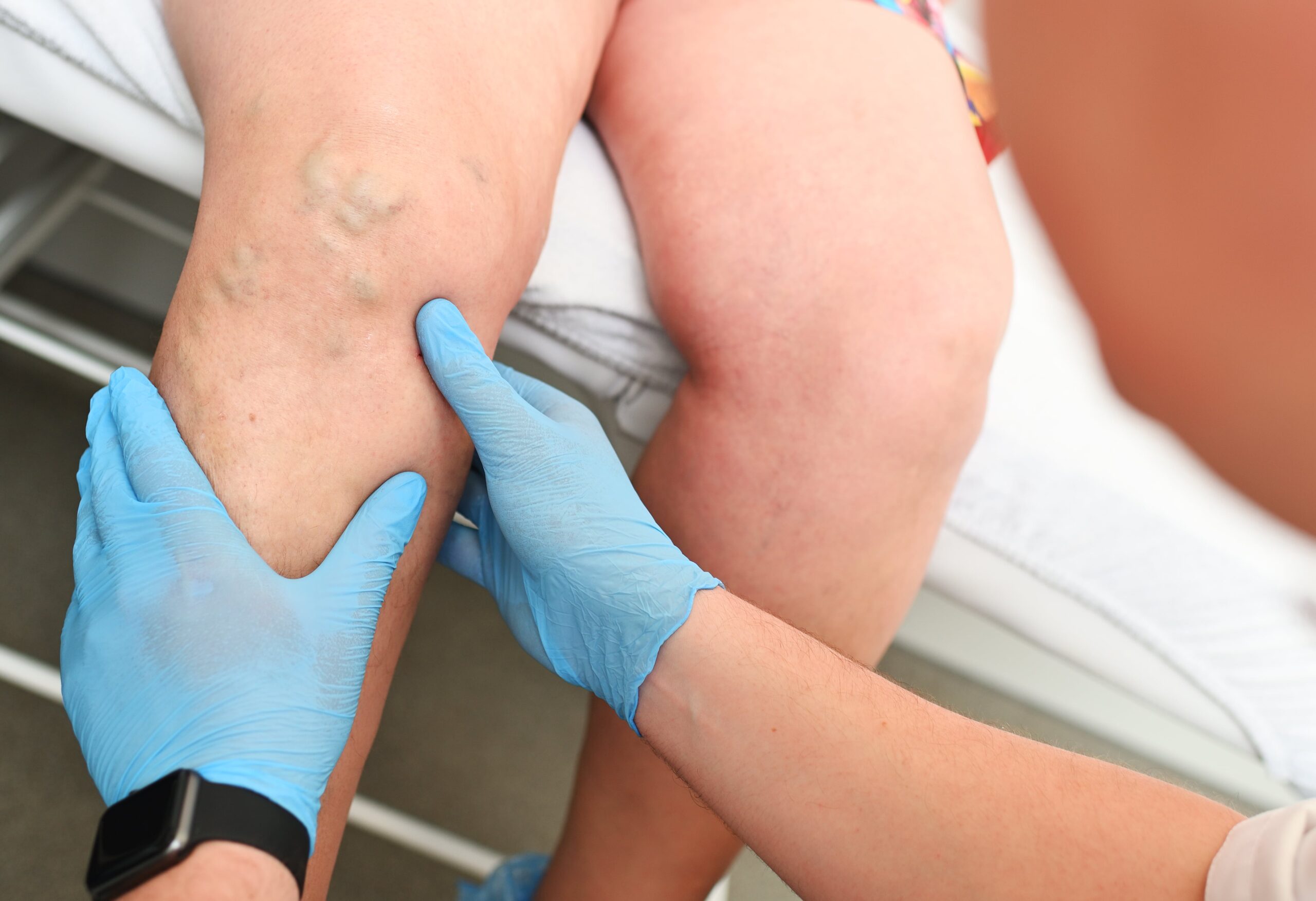
The key difference is that non-varicose bulging veins usually do not involve permanent valve damage or chronic venous insufficiency. They often flatten again when the leg is elevated or after rest, whereas varicose veins tend to remain distended and may worsen over time without treatment.
Common Non-Varicose Causes of Bulging Veins
If you notice bulging veins in your legs and you have reasons to believe they’re not varicose, there are several possible explanations—many of them harmless. Common causes include:
- Exercise and Increased Blood Flow – Physical activity, especially strength training, temporarily increases blood flow and blood pressure in the veins, making them more visible. This is called vascularity and is common among athletes and weightlifters.
- Low Body Fat – When subcutaneous fat is minimal, veins are less cushioned and closer to the skin’s surface. This is why lean individuals, particularly those who train regularly, often have more prominent veins.
- Aging – As skin loses elasticity and connective tissue thins with age, veins can become more noticeable, even if they’re healthy.
- Genetics – Some people naturally have more prominent superficial veins. If close relatives have visible veins without varicose disease, it may simply be hereditary.
- Warm Temperatures – Heat causes veins to dilate (expand) to help cool the body, which can make them appear larger and closer to the skin.
While these causes are generally benign, they can mask or mimic early vascular conditions, making it essential to monitor for any changes over time.
When Bulging Veins Signal Something More Serious
Sometimes, bulging veins in the legs, even if they’re not varicose, are more than just a cosmetic change. Certain medical conditions can make healthy-looking veins appear raised before more obvious symptoms develop:
- Chronic Venous Insufficiency (CVI) – In its early stages, CVI can cause mild swelling, heaviness, or visible surface veins without the classic twisted varicose appearance. CVI occurs when the vein valves don’t work correctly, leading to pooling of blood.
- Superficial Thrombophlebitis – This is inflammation of a superficial vein, sometimes linked to a small blood clot. The affected vein may feel hard, warm, and tender, and the skin around it can appear reddened.
- May–Thurner Syndrome – A rare condition where the right iliac artery compresses the left iliac vein, potentially causing swelling, discomfort, and bulging veins in the affected leg.
- Superficial Vein Thrombosis (SVT) – While SVT affects veins closer to the skin, it can sometimes be associated with a higher risk of deep vein thrombosis (DVT).
If your bulging veins are accompanied by pain, swelling, color changes, or warmth, it’s best to seek a vascular evaluation promptly. Early detection can help address underlying issues before they progress.
Symptoms & Red Flags to Watch For
Bulging veins that appear suddenly or come with other symptoms may be your body’s way of signaling that something isn’t right. If you notice bulging veins in your legs along with any of the following, it’s a good idea to get checked by a vascular specialist:
- Persistent Swelling – Especially if it affects only one leg or worsens throughout the day.
- Pain or Tenderness – Aching, throbbing, or localized discomfort near the bulging vein.
- Skin Color Changes – Redness, bluish discoloration, or darkening of the skin around the vein.
- Warmth over the Vein – Can indicate inflammation or a superficial clot.
- Heaviness or Fatigue in the Leg – Often worse after long periods of standing or sitting.
- Itching or Skin Irritation – Persistent irritation may be linked to early venous insufficiency.
These signs don’t always mean something serious, but they shouldn’t be ignored, especially if they develop quickly or worsen over time. A vascular evaluation can rule out conditions like CVI, superficial thrombophlebitis, or deep vein thrombosis, and give you peace of mind.
Diagnosis: How Doctors Tell the Difference
When you come in with bulging veins in legs that are not varicose, the first step is figuring out why they’re there. A vascular specialist will start with a physical examination, looking for visible changes, skin texture differences, and signs of swelling or inflammation. They’ll also ask about your activity level, medical history, and any symptoms you’ve noticed.
The gold standard for assessing vein health is a duplex ultrasound. This non-invasive test uses sound waves to create a detailed image of your veins and measure blood flow, helping your doctor spot valve problems, blockages, or clots. In some cases, additional imaging such as CT or MR venography may be used to rule out rarer conditions like May-Thurner syndrome.
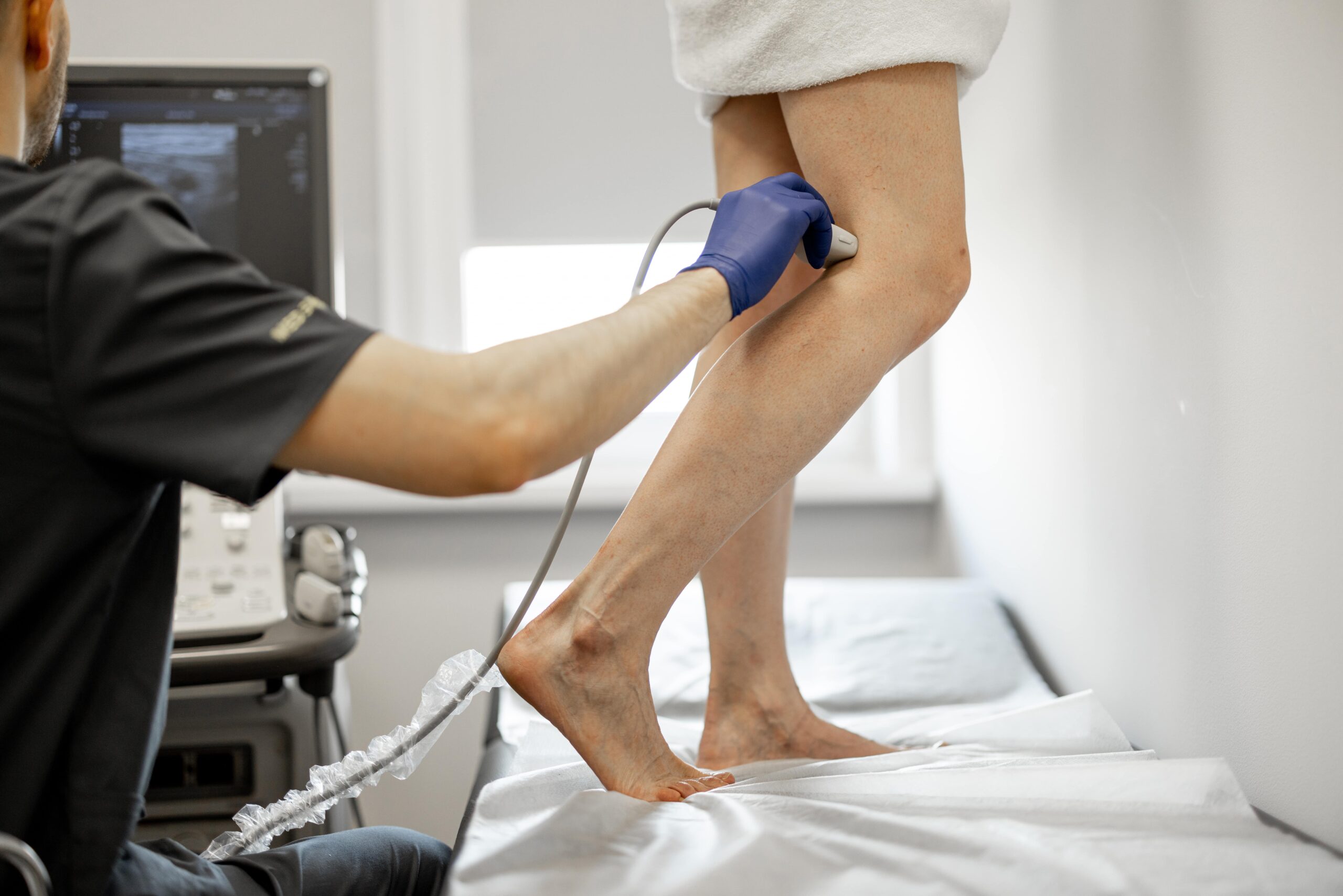
Getting a precise diagnosis matters because it determines whether your veins are simply more visible due to harmless factors or if they’re an early sign of a condition that needs treatment. At Texas Vascular Institute, we specialize in pinpointing the cause quickly and guiding you toward the proper care plan, whether that’s simple reassurance, lifestyle changes, or advanced treatment.
Treatment & Self-Care Strategies
For many people with bulging veins in legs not varicose, no medical intervention is needed. If your veins are more visible because of exercise, low body fat, or genetics, they may be part of your normal anatomy. Still, there are steps you can take to support healthy circulation and keep your legs feeling comfortable:
- Stay Active – Regular walking, cycling, or swimming encourages blood flow and helps prevent vein pooling (Harvard Health).
- Elevate Your Legs – Resting with your legs above heart level for 15–20 minutes can reduce temporary swelling.
- Wear Compression Stockings – Gentle pressure supports venous return and can ease heaviness or mild swelling (Cleveland Clinic).
- Avoid Prolonged Sitting or Standing – Change positions frequently to keep blood moving.
- Stay Hydrated and Maintain a Balanced Diet – Good hydration and nutrient-rich foods support vein health from the inside out.
If your bulging veins are linked to an underlying condition such as chronic venous insufficiency or superficial thrombophlebitis, your doctor may recommend targeted treatments. These can range from minimally invasive procedures, like sclerotherapy or endovenous laser treatment, to surgical interventions in more advanced cases.
FAQ: Bulging Veins in Legs Not Varicose
Can you have bulging veins without varicose vein disease?
Yes. Factors like exercise, low body fat, genetics, or aging can make veins more visible without any underlying varicose vein damage (Cleveland Clinic).
Are bulging veins always a sign of poor circulation?
Not necessarily. In many healthy people, prominent veins are simply closer to the surface of the skin. However, if they appear suddenly or are accompanied by pain, swelling, or skin changes, it’s best to get them checked.
What medical conditions can cause bulging veins without classic varicose veins?
Conditions like chronic venous insufficiency, superficial thrombophlebitis, or May-Thurner syndrome can sometimes cause visible veins before other symptoms develop.
Do I need treatment for bulging veins if they’re not varicose?
If the veins are painless and you have no other symptoms, treatment may not be necessary. But a vascular evaluation can confirm whether they’re harmless or linked to an underlying condition.
How can I reduce the appearance of bulging veins naturally?
Staying active, elevating your legs, wearing compression stockings, and maintaining a healthy weight can help reduce visible veins in some cases.
When should I see a doctor about bulging veins?
Seek medical advice if you notice new or worsening symptoms—especially pain, redness, swelling, warmth, or skin discoloration—since these could indicate a more serious vascular issue.
The Bottom Line on Visible Leg Veins
Bulging veins in your legs aren’t always varicose, but they’re never something you should ignore completely. While exercise, genetics, and body composition can make healthy veins more visible, sudden changes or new symptoms could be a sign of something more profound. A quick, non-invasive checkup can give you answers, peace of mind, and, if needed, a treatment plan tailored to you.
At Texas Vascular Institute, our team specializes in diagnosing and treating all types of vein and circulation concerns. Whether your veins are purely cosmetic or linked to a medical condition, we’ll help you understand your options and keep your vascular health on track. Schedule your appointment today and take the first step toward healthier legs.
Read more blogs
Embolization Procedure
Discover embolization procedures for non-surgical relief from knee pain, heel pain, and fibroids. Safe, effective, and fast recovery.
Find Relief Without Surgery
Find relief without surgery at Texas Vascular Institute. Minimally invasive vascular treatments, faster recovery, and compassionate care.
Uterine Fibroid Embolization
Learn how Uterine Fibroid Embolization (UFE) treats fibroids safely without surgery. Discover benefits, recovery, and if it’s right for you.
WHAT OUR PATIENTS
have to say
Texas Vascular Institute always appreciates feedback from our valued patients. To date, we’re thrilled to have collected 378 reviews with an average rating of 5 out of 5 stars. Please read what others are saying about Texas Vascular Institute below, and as always, we would love to collect your feedback.
Leave a Review
Amazing Practice
I'm very particular with my Healthcare and tend to be cautious with referrals to specialists. This office is amazing from the first point of contact. Their staff are friendly, professional and highly knowledgeable. Then the Dr is just as amazing as his staff, absolutely brilliant. Office manager Jessica has this office running like a well oiled machine and does so with a smile, an air of confidence, kindness and professionalism. Love this practice!!
- Richard G.

Beyond Thankful
Dr Batra and his staff are amazing! We are so grateful to have found him. Everyone is so kind and so caring and Dr Batra explains everything so well and does procedures with excellence. Beyond thankful to be under their care!!!
- Bitsy P.

Gold Standard
This is a gold standard for how a medical practice should be run. I was promptly seen at my scheduled time, my ultrasound was thorough and I received plenty of attention and care from the staff and Dr.Batra.
- Weronika L.
INSURANCE
We accept most major insurance plans. Please contact the medical office for all insurance related questions.








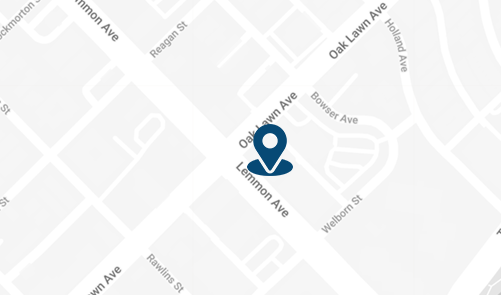
8330 Meadow Rd #100
Dallas, TX 75231
For Appointments: 972-798-4710
General Inquiries: 972-646-8346

809 West Harwood Rd, Suite 101,
Hurst, TX 76054
For Appointments: 972-798-4710
General Inquiries: 972-646-8346
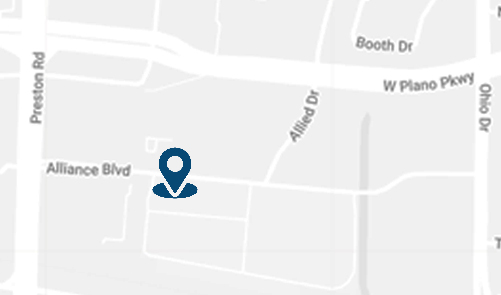
4716 Alliance Blvd Suite #180,
Plano, TX 75093
For Appointments: 972-798-4710
General Inquiries: 972-646-8346

